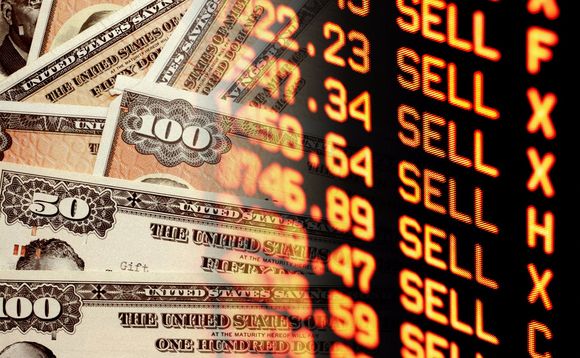
Market noise
The term “market noise” refers to transactions that are erratic and unrelated to fundamental value. Theory suggests that without market noise profitable trading would be impossible. Yet, while irrational and erratic trading may occur, most of what we call “noise” reflects rationality disguised by complexity. Illustrating that point, a new paper shows that the effect of rebalancing cascades on the net demand for individual assets is not predictable, even if we know everything about the underlying rules and if they are fully rational. Predictions become infeasible because of alternating buy and sell orders, feedback loops and threshold-based execution rules. This cautions against dismissing seemingly non-fundamental market flows as irrational and betting against them.








